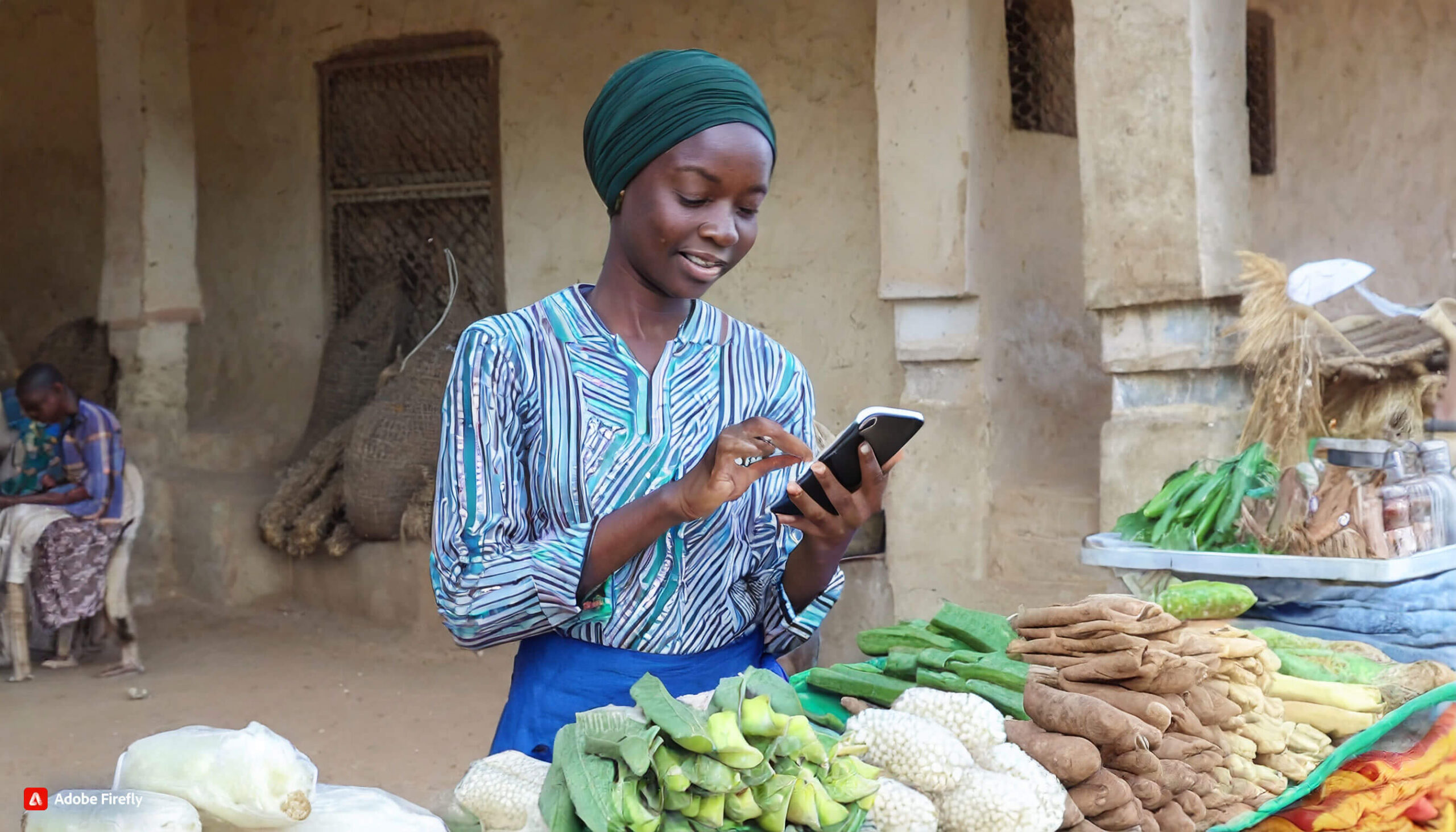
High unemployment. Low levels of education. Lack of access to finance. Lack of infrastructure in rural areas.
A young person reaching adulthood in Burkina Faso—particularly one who lives in a rural part of the country—faces numerous barriers to making money and earning a living. Formal employment is difficult to come by. Self-employment in the informal economy isn’t necessarily a panacea, either. A 2020 study on labor, employment, and social protection indicators by the Direction Générale des Etudes et des Statistiques Sectorielles of the Ministry in charge of employment found that 80% of self-employed young people in rural areas earn a monthly income below the minimum wage.
Insecurity compounds the issue. “For the Netherlands, as well as the rest of Europe, there is clear interest in promotion of stability [in the region] in combating jihadism and organized crime,” says Maarten van den Bosch, deputy head of mission and head of cooperation for the Embassy of the Kingdom of the Netherlands. “We see a lot of insecurity in the region because of armed groups. But we should not forget that for most of these people who have joined those groups, there is a lack of social and economic perspective.”

In 2020, therefore, Tanager in partnership with the embassy began addressing some of these challenges through the Cultivons L’Esprit d’Entreprise (CLE) project. The three-year program piloted an effective youth entrepreneurship pathway in 12 municipalities in Burkina Faso.
Despite impressive results, learnings from the project indicated there was more to be done. For example:
- CLE’s primarily peri-urban approach resulted in fewer opportunities created for rural youth. This demographic, unfortunately, is at greatest risk of getting involved in the region’s terrorist activity.
- As a pilot, CLE was not able to create the systems-based solutions or strong youth networks needed to sustain progress over time.
- “Tanager has a lot of expertise when it comes to accompanying young entrepreneurs” through the journey of developing a business, Van den Bosch observes. “There are many people with brilliant ideas to set up their businesses … but how can someone be supported not only in setting up the business but making it sustainable? The experience with Tanager has been positive on this.” Nevertheless, a project focused on entrepreneurship was unable to create the kind of employment results required to catalyze real change for youth in Burkina Faso.
Recognizing Youth at a Crossroads
The CLE project closed in late 2023. Progress from the project, however, is set to continue under an ambitious new program, Carrefour des Opportunités (French for “Opportunity Crossroads” and dubbed “CarrOpps”). In keeping with its name, this renewed partnership between Tanager and the Embassy of the Kingdom of the Netherlands recognizes the crossroads at which many Burkinabé youth now find themselves: to join in insurgency activities that may provide near-term income and engagement, though through illegitimate means, or invest in training that will lead them to economic opportunities farther in the future.
“The transition to adulthood is challenging for all youth, but especially in Burkina Faso,” says Romain Kenfack, Tanager country representative for Burkina Faso and team lead for CarrOpps. “With CarrOpps, we are taking the lessons we learned from CLE and building a framework to provide more comprehensive interventions for youth, especially in the rural areas.”
Specifically, the five-year program adds workforce training and health and social services onto the entrepreneurship programming of CLE. With digitalization considered a great equalizer of opportunities, CarrOpps additionally leverages digital modules to both expand its reach and enhance digital literacy skills.
The project consists of four components:
- Youth hubs. Hubs will be used to develop and organize life-skills training to help youth transition to adulthood. These may include trainings in peace education and conflict resolution, self-esteem, hygiene practices, contraception, negotiation skills, and effective communication. The physical version of these spaces, of which 50 are planned, will serve as community centers where youth can gather for group activities to foster positive social engagement. An additional 560 digital spaces—500 to be available in rural villages—will be created to expand life-skills services.
- CLE journey. As CLE outlined a clear path for entrepreneurship development, CarrOpps will encourage 15,000 male and female youth to attend initial entrepreneurial training sessions. (Trainings will be delivered at the youth hubs.) These are expected to produce 10,000 business ideas, from which the top 1,000 will receive a nano-grant to develop their microenterprise. After three months of technical support, the most promising of these burgeoning businesses will be selected for incubation to become formal enterprises.
- Digital libraries. The project aims to install digital libraries that will feature reusable tools and kits offering job preparation and support in accessing higher education. For the 500 rural sites, youth will access information through digital tools that can be used on any phone or tablet.
- Collective savings and credit. Through the Universal Methods of Value Access digital platform, operated by social enterprise AUXFIN, youth will have the opportunity to join into small groups and access basic online financial services, such as micro-credit, payments, and transfers. The groups serve as a framework for interaction between members as they work toward a common goal. This digital collective savings and credit vehicle also spurs community-level achievement of goals not always possible at the individual level.
‘Clear Drive to Make Impact’
Six hubs will be established in each targeted municipality: One as a physical location in the main town, and five others as village-based digital services hosted by youth associations or other groups on the ground. Each hub will be overseen by a management committee consisting of youth participants and some village leaders.
Meanwhile, local partners will aid in project implementation. Wakatlab, an implementing partner from CLE, will lead the entrepreneurial development activities as it did under CLE. AUXFIN and Bibliothèque Sans Frontiers (BSF) will provide employment readiness and life skills digital programming.
“Aligning with local organizations and village-based constituents promotes widespread buy-in for the project and ensures the sustainability of interventions, even after the project ends,” points out Kenfack.
Under Tanager’s lead, CarrOpps expects to train and educate 75,000 youths on life skills, incubate 100 enterprises, and generate 25,000 jobs by project’s end. Tanager and its partners will also be making recommendations to the Ministry in charge of youth to scale the approach to all of Burkina Faso.
As the Kingdom of the Netherlands’ Van den Bosch says, “We try to identify partners that have a clear drive to make impact.”

